How to Manage 2 Types of Picking Stations for Omnichannel Operations
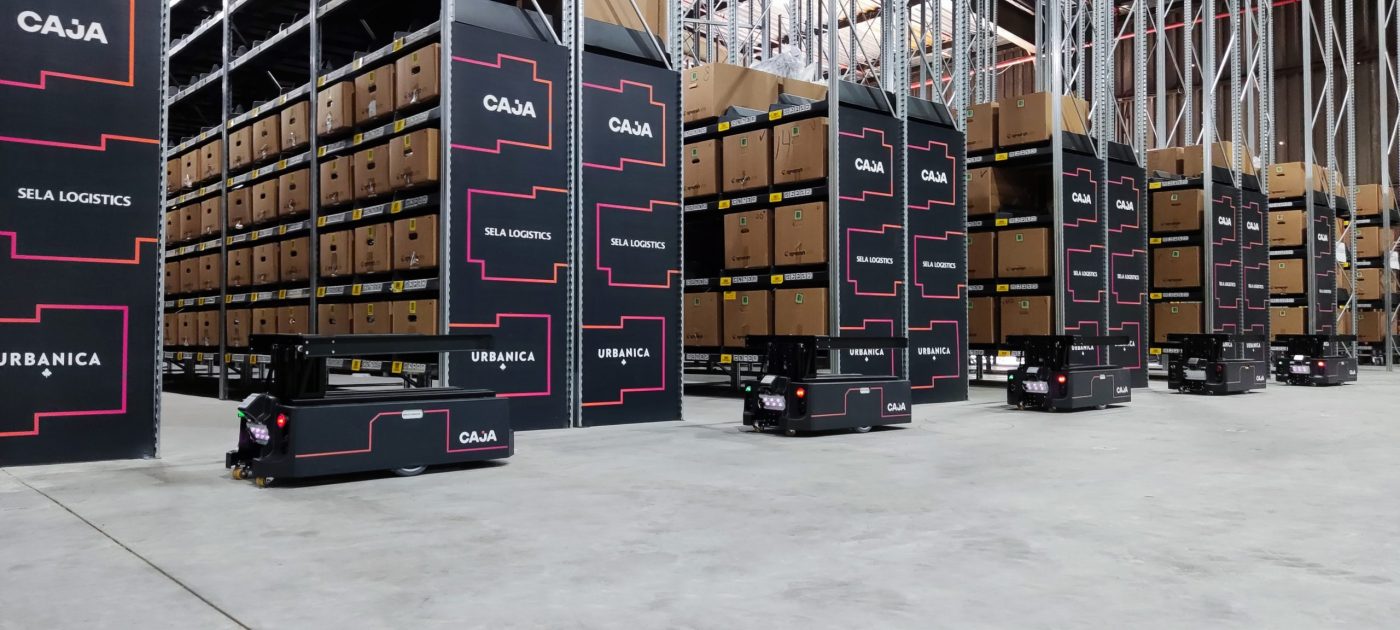
Warehouses, especially in the eCommerce and Retail industries, have had to adapt their modes of operation since the beginning of the pandemic in order to supply the new and rapidly increasing demand. In 2020, online retail sales accounted for 20% of all retail sales in the US, and US eCommerce sales are expected to go above $1 trillion USD for the first time this year. From keeping more inventory on hand to increasing warehouse automation, the warehouse and distribution industry has taken new form in the past years, and advanced at unprecedented speeds.
“US retail eCommerce sales will grow 16.1%, reaching $1.06 trillion in 2022. We did not forecast eCommerce reaching this milestone until 2024”
-Insider Intelligence forecast
eCommerce and retail warehouses have begun to take up more space in the warehousing market, valued at $77.57 billion USD in 2020 and increasing at a CAGR of 10% each year until 2028. However, this growth comes along with bigger challenges, especially when running omni-channel warehouses, where eCommerce and other operations are run, leaving warehouse managers looking for innovative methods and approaches to their daily operations.
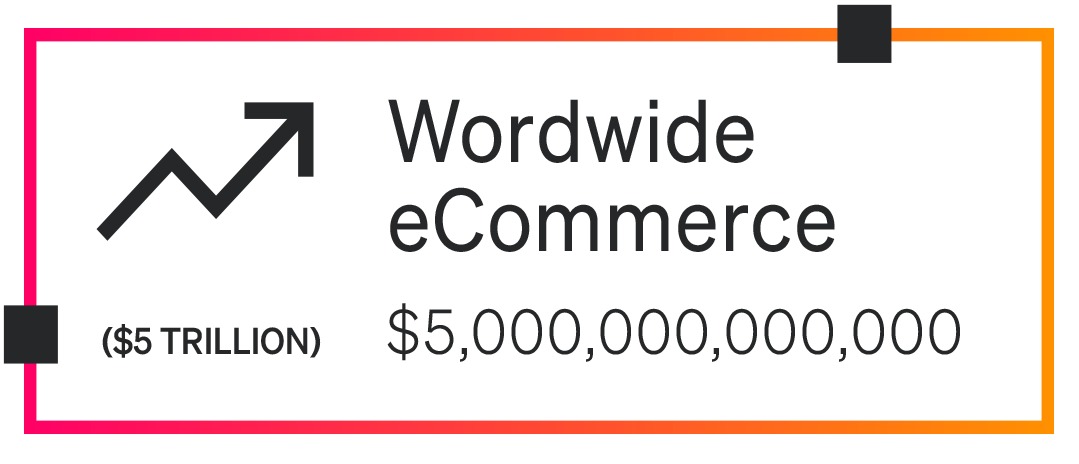
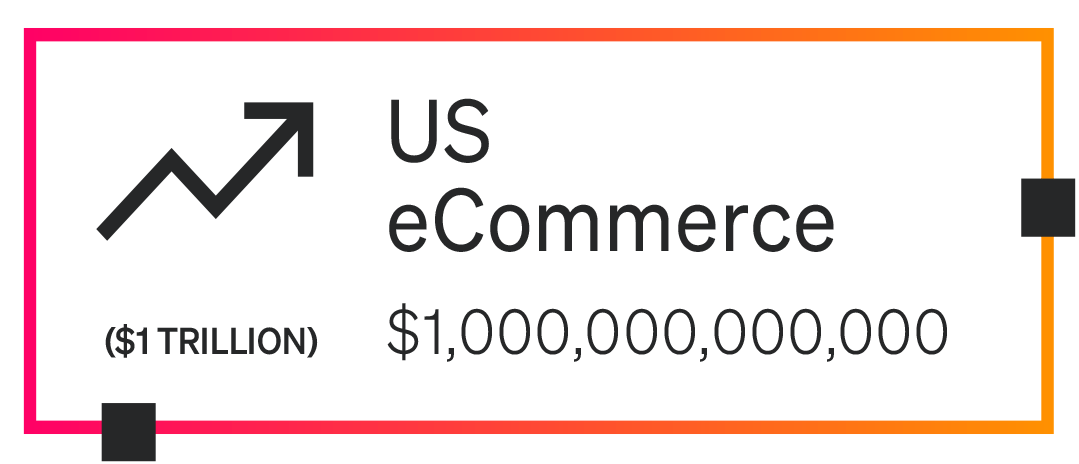
Top Challenges of Running an Omnichannel Warehouse
There are many challenges warehouses and distribution centers face, especially in the eCommerce and Retail sector. Being able to tackle these challenges with innovative solutions is the key to survival and to exceptional customer satisfaction. The need for multi-channel solutions to replace outdated logistics processes can no longer be ignored, and will determine the future and growth of retailers.
Lack of Inventory Visibility

It’s difficult to track inventory when it’s spread across a number of distribution channels. Consumers are looking for products that can be delivered the same day or at the most, within 2-3 days, and keeping up with all that inventory becomes challenging, but crucial. In addition, having clear inventory visibility helps with forecasting and planning supply chain operations. Inaccurate inventory tracking can cause over or under stock levels, leaving some stock no longer relevant for sale, which also evokes problems with picker productivity.
Running Different Processes in One Warehouse

In an omnichannel warehouse, many different processes have to run smoothly in parallel. For example, store delivery and online sales, which are handled very differently on their own, must coincide and coexist frictionlessly in the same warehouse. This causes a stir in logistics for a warehouse to learn to run and optimize both approaches simultaneously.
Managing Throughput

Once a retailer’s online sales begin to boost, there is a larger need for individual orders to be picked and processed, making throughput an important part of the warehouse’s success. In order to effectively manage the number of units processed and moved, strong and efficient processes that can handle such a large volume of package processing must be implemented.
Managing Inventory Processes Manually

Manual processing of inventory can be dangerous to the overall efficiency of the warehouse. It leaves room for more human error as well as contributes to the lack of inventory visibility that hinders the success of a warehouse’s operations.
Partnering With the Wrong 3PL

Partnering with a 3rd party logistics provider can help optimize inventory and omnichannel fulfillment. Using a 3PL that understands the specific needs of the warehouse is imperative to a successful and fruitful relationship. Often, however, it can be difficult to find the right 3PL that can handle the needs of flexibility and growth in volume of orders of the warehouse.

Caja’s AGV Solution for Omnichannel Warehouses
When it comes to warehouse automation, Caja’s impeccable AGV solution uses many different layers of algorithms to decide how to “cluster” different orders and specifies it for their picking stations – of which they have 2 different kinds: the Retail picking station and the eCommerce picking station. There is also an option for both picking stations to support omni-channel operations.
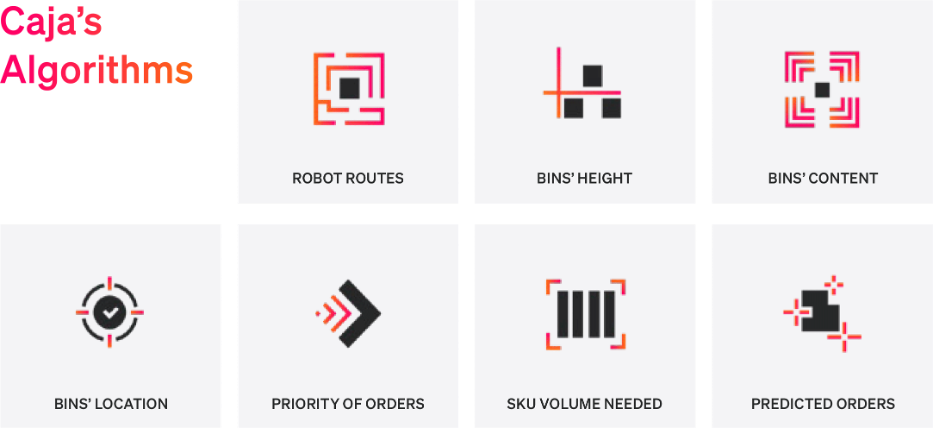
The algorithms consider robot routes, bins, and their specific locations in the warehouse, priority of orders, SKU volume needed and more. Caja’s Put-to-Light system automatically notifies the picker where to place the unit for the order on the put wall. Our advanced software can even predict future routes and orders, which simplifies picking and processing operations.
The eCommerce Picking Station
Used commonly for eCommerce operations, the eCommerce picking station handles a high number of SKUs and multiple orders. In the eCommerce picking station, each robot brings singular bins required in order to fulfill the order. Once the unit is scanned, the Sprynter™ robot will take the bin away from the picking station and move on to its next task. This is the perfect solution for online retailers and 3PL companies.

The Retail Picking Station
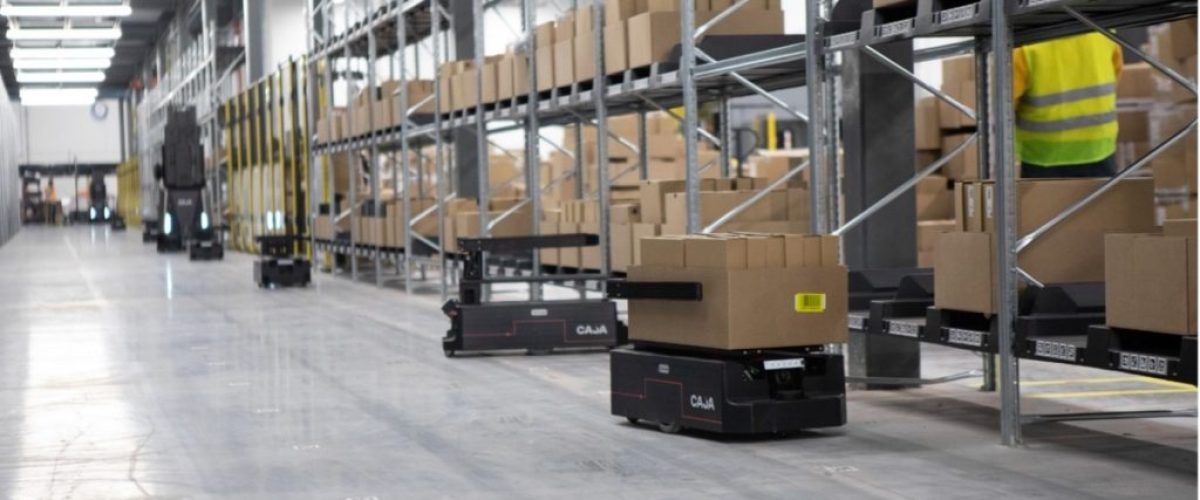
Hybrid Mode
This unique picking mode conducts the activities of both the eCommerce and Retail picking stations in one. In the Hybrid Mode, both types of robots bring bins and participate in the outbound process. Caja’s software will instruct the picker on when to pick from the Sprynter™ robot and when to pick from the station shelves.
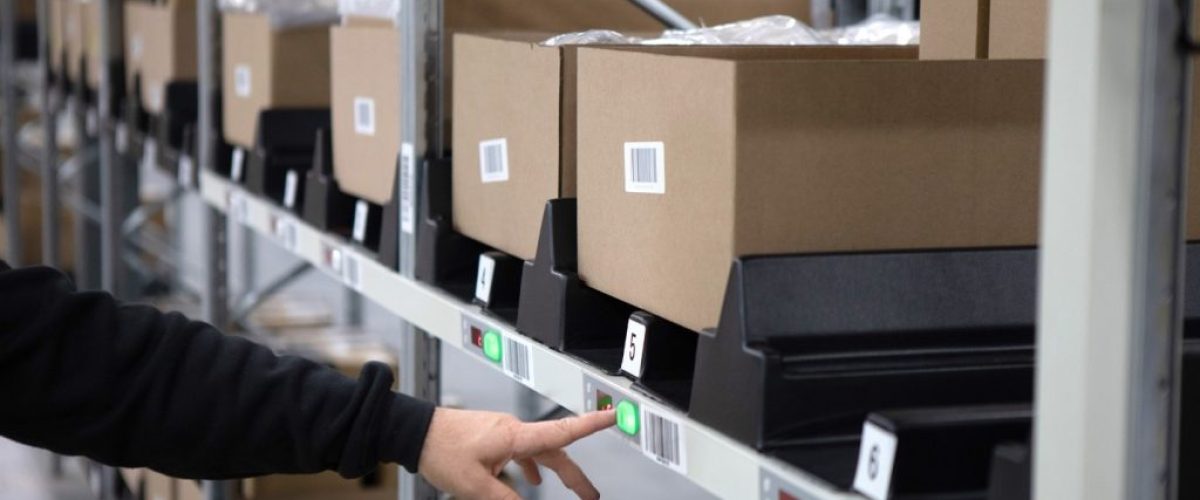
Caja’s Warehouse Automation Solving Omnichannel Problems
Caja’s comprehensive solution enables warehouse managers to run multiple processes in parallel while maximizing inventory visibility and increasing throughput efficiency. Since the technology is used across a wide variety of use cases, warehouses can be sure to manage their processes with ease and understand exactly what needs to occur and when. It is the perfect solution for warehouses trying to channel multiple, complex fulfillment operations under one roof in order to supply the best service to their customers.


